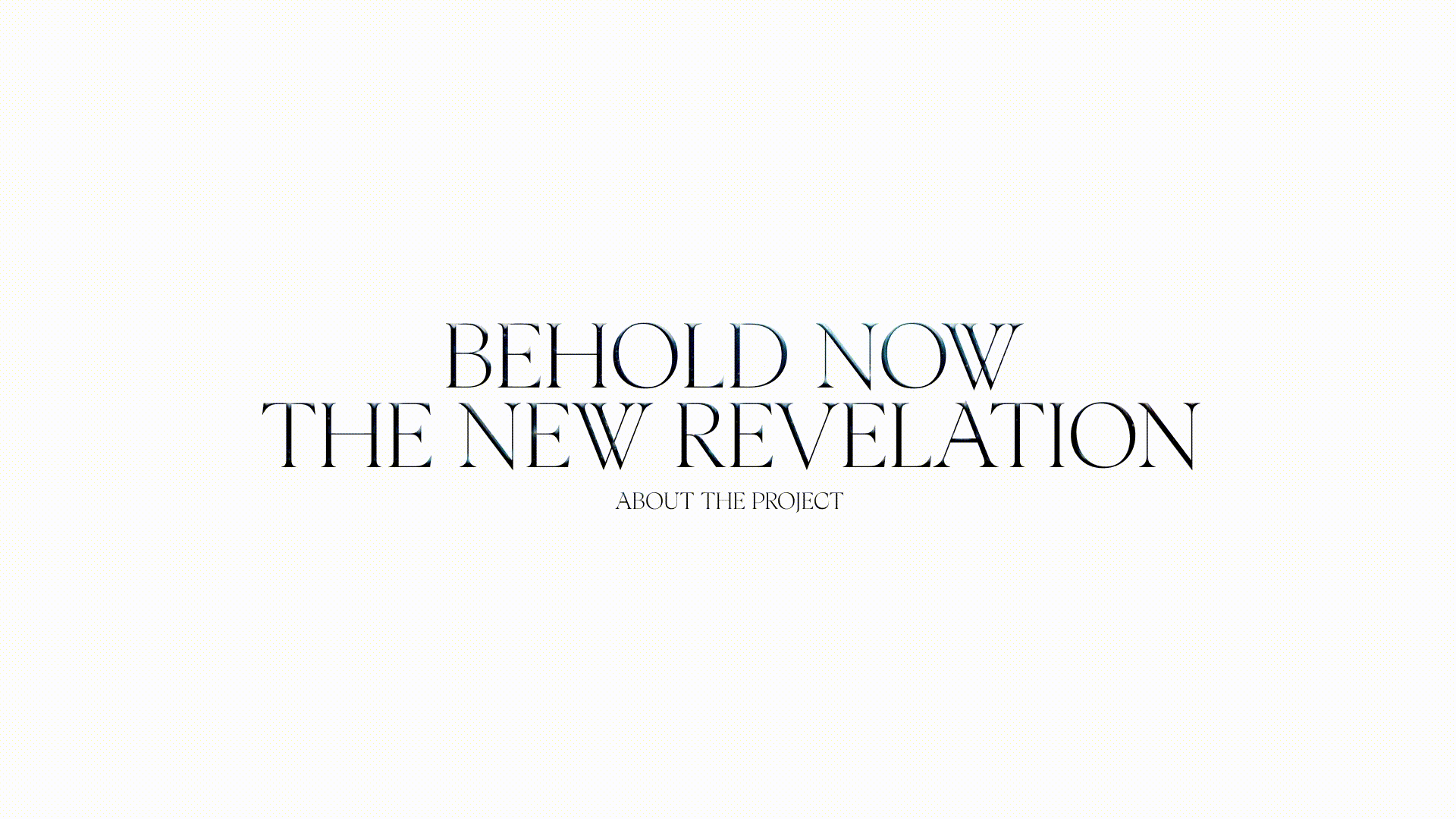

Through the lenses of this intellectual and philosophical movement, my proposal is to explore how aspects inherent to the human-being as we know it today can morph, adapt or transcend according to the premises of the posthumanist movement. More specifically, this framework proposes a reflection on faith, belief and religion—notions inherently human—and how they will transcend in a posthuman forecast. The goal is to explore how the decentralization of the human being and the centralization of the posthuman will reform organized religion, perpetuator of power and conflict, as well as an anthropomorphic deity.
The link between Posthumanism and the advancement of science might create an assumption of its removal from the concerns of faith, since mostly religion and science, belief and skepticism, theism and atheism are regarded as incompatible. But it appears there are also significant ways in which religion features within discourses of Posthumanism. My approach forms an hypothesis within the framework of Speculative Design and Design Fiction, with the goal of reflecting upon the social, moral and spiritual reconfigurations implied by the decentralization of the human being and the rising of the posthuman. The main objective aspires to a fictional world and the utopian creation of a non-dualistic unification of faith/religion—a way of critically approaching the human tendency of materializing belief in organized religion.In the first phase of the fiction, a preface materializes the first book of the testament. It represents a kind of initiation ritual to face the first conditions necessary to start the “crossing” through the interface. The following phase proposes an exploration through five central books, the fiction’s “body”, and several courses of reading are possible. An immersive exploration is the goal. After that, the user is faced with the prologue. The goal is to keep them perpetually suspended, separated from reality. It is a phase of reflection, a revelation.